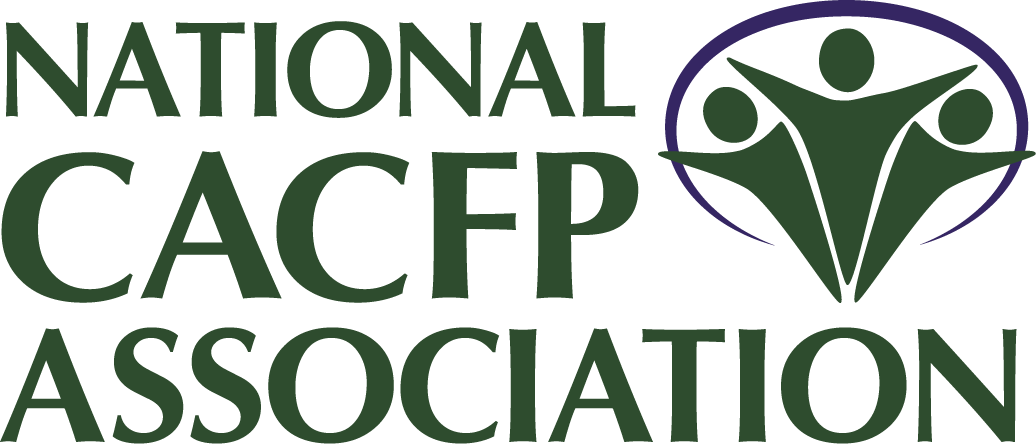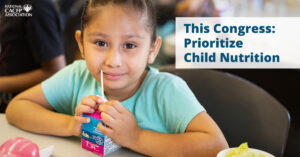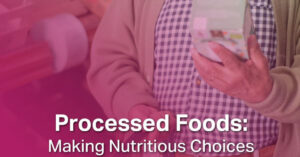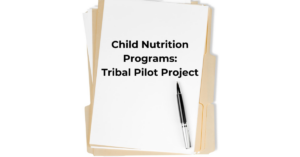Posts Tagged ‘child nutrition’
Quarterly Policy Update: January 2025
The end of 2024 brought many changes and updates for the CACFP. USDA announced funding for child care to purchase local, released two requests for information, released seven pieces of guidance, published two studies.
Read MoreChild Nutrition Should be Prioritized in 119th Congress
A new congress means there is an opportunity to push new priorities forward. Let your Representatives and Senators know that child nutrition is a priority for their constituents.
Read MoreSFSP 2025 Reimbursement Rates
The USDA has released the SFSP reimbursement rates for 2025.
Read MoreNon-Congregate Meal Service in Rural Areas: Q&A 3
This memo is the third set of questions and answers on the rural non-congregate summer meals option. The following operational topics are addressed in this guidance: Meal Service and Meal Quality; Civil Rights Requirements; Monitoring and Program Integrity; and General/Miscellaneous.
Read MoreUSDA Request for Information: Grain-Based Desserts & High-Protein Yogurt
On December 26, 2024, the USDA Food and Nutrition Service released a request for information (RFI) to help inform future policy, guidance, and technical assistance related to grain-based desserts and high-protein yogurt crediting in Child Nutrition Programs (CNPs). This is not a proposed rule, USDA is simply seeking additional information before moving forward with any rulemaking or future policy decisions.
Read MoreProcessed Foods: Making Nutritious Choices
There is a common belief that processed foods, with their high fat, sugar, and salt content, are inherently unhealthy. Did you know some items we consider “nutritious,” like bagged spinach or prepacked apple slices, are also processed foods? Our partners at the Institute of Child Nutrition delve into the different levels of processed foods and offers guidance on making healthy choices.
Read MoreAdapted Movement
Disabilities can affect a person’s mobility, one or more of their senses, or their neurological development. However, this shouldn’t keep people with disabilities from being involved in games and activities. Our partners at Alliance for a Healthier Generation have tips on how to adapt movements to ensure young people with and without disabilities can play together and experience the benefits of being active.
Read MoreStretch, Breathe, Move!
Our bodies can teach us a lot about our feelings, and our bodies can also help us understand and manage our feelings. Our partners at Sesame Street in Communities have resources to help you encourage children to notice the “clues” their bodies give them about what they may be feeling (for instance, a stomachache may be a sign that they’re feeling worried). Then, show them how to use their bodies to help them manage their feelings.
Read MoreRegistered Dietitian Medical Statements
The USDA released a memorandum to clarify the updated regulatory requirement for program operators to accept medical statements from registered dietitians. The change requiring program operators to accept medical statements from registered dietitians must be implemented by July 1, 2025, for school meal programs and Oct. 1, 2025, for CACFP.
Read MoreUSDA Request for Information: CNP Tribal Pilot Project
On December 23, 2024, the USDA Food and Nutrition Service released a request for information (RFI) to inform their development of the Child Nutrition Programs Tribal Pilot Projects, as authorized in the Consolidated Appropriations Act, 2024. The Act provided $2 million for Tribal Pilot Projects that will permit Indian Tribes and/or Tribal organizations to administer Child Nutrition Programs, assuming the roles and responsibilities typically held by State agencies.
Read More









